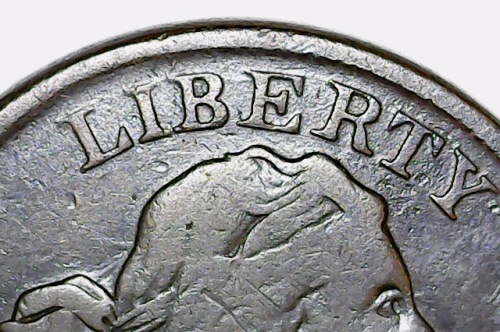Figure 1. 1804 C-6, Manley Die State 4.5 Half Cent.
Those of you that are members of Early American Coppers (EAC) have seen the listing for both the Half Cent and Large Cent 2020 Happening Varieties at this years EAC Convention (April 30 to May 3, 2020) at the Marriott City Center in Pittsburgh, PA this year. One of the half cent varieties in the Happening that caught my eye was the 1804 C-6 variety. I remembered having this variety and thought I would retrieve it to see which die state I had. I did remember that it was one of several coins from well know New York collector Vincent W. Alones. Alones was a longtime hobbyist and ANA member. Vincent W. Alones passed away at the age of 95 in 2012. He was a World War II Navy veteran from Long Island, NY. Vincent had his name published in the July 2011 issue of The Numismatist for being a 50 year member of the ANA. He was also an award-winning exhibitor who won an ANA Presidential Award in 1994 and the Medal of Merit in 1995. Vincent Alones attended every ANA Convention from 1952 to 2008!
Vincent Alones won over 200 prizes in numismatic competitions during his lifetime and was a long-time member of the Long Island Coin Club. His estate provided a large portion of Vincent’s amazing coin collection to be sold, in part, to benefit the Virginia Numismatic Association.
Vincent started collecting in 1934 and his collection contained many coins from major auctions such as the Anderson-Dupont Collection (1954), B. Frank Collection (1956), Farish Baldenhofer Collection (1955), B. Max Mehl (1942), and coins obtained from Abe Kosoff, Walter Breen, Empire, T. Weiss, and New Netherlands Coin Company. What a list of numismatic notables.
The Virginia Numismatic Association sold Alones Collection in conjunction with its 54th annual convention in September 2012 at the Fredericksburg Expo & Conference Center in Fredericksburg, VA. Session I included between 250 and 300 lots of mostly copper coins and was especially strong in large cents. I spend this brief introduction to Vincent W. Alones because if not for collectors of his character and generosity we, the current day collectors, would not be able to reach back in our history to gain further insight and motivation we enjoy assembling our collections and the history they contain and that can be shared with your fellow collectors.
The spiked chin 1804 half cents are a favorite of collectors and has been throughly studied and documented in numerous books and articles. While the “spiked chins” range in rarity from R-x to R-Y, for the C-6 variety, there are 13 different but distinct die states. and written about is a plentiful issue carrying a mere R-2 rarity rating. However, what makes it interesting are the various die states for this issue that Ronald P. Manley has so exquisitely described in his book, “The Half Cent Die State Book 1793-1857”. Some die states are quite common while others, not so much so. Obverse die 1, as it has been cataloged, was used with different reverse dies in striking several die marriages before something happened to change the face of the die and created the damage that gives the coins their nickname..A raised horizontal projection or “spike” protruding from Liberty’s chin, with a second smaller projection protruding from Liberty’s lips like a tongue. A series of curved parallel lines appear in the field in front of Liberty’s neck, from just below her chin to just above the drapery on her bust. Various theories have been floated to explain the anomalies, with the most likely being that the die was damaged when a small threaded bolt fell onto it during a striking cycle, according to Walter Breen’s book on half cents.

Figure 2. Obverse view of the C-6 variety obverse.
Obverse is the same as 1804 C-5 and 1804 C-7 but later in the progression. The “Spiked Chin” is always found with clash marks at the throat and cracked through the tops of LIBERTY with this die pairing.

Figure 3.

Figure 4.

Figure 5.

Figure 6.

Figure 7.
Each wreath branch has five berries..
Always found with a cracked revere.
All the T’s have missing or defective feet.

Figure 8.
A patch of die rust is below the right foot of the first A in AMERICA.

Figure 9.
An engravers’ scratch extends from the right stem end midway to the second A in AMERICA.

Figure 10.
A die flaw slants right from the top of T in CENT.

Figure 11.
A tiny lump is between NI in UNITED.

Figure 12.
A short die scratch is found parallel to the right side of A in STATES….which eventually fades.

Figure 13.

Figure 14

Figure 15.

Figure 16

Figure 17.


Leave a comment